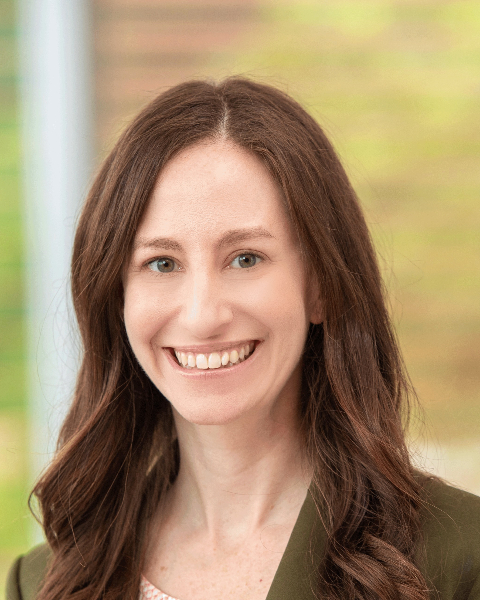Symposia
Suicide and Self-Injury
3 - (SYM 114) A Randomized Controlled Trial of Cognitive Therapy for Suicide Prevention Adapted for Suicidal Older Men

Kelly L. Green, Ph.D. (she/her/hers)
Senior Research Investigator
Perelman School of Medicine at the University of Pennsylvania
Philadelphia, Pennsylvania, United States- GB
Gregory Brown, PhD
Associate Professor
University of Pennsylvania, Perelman School of Medicine
Philadelphia, Pennsylvania, United States - GK
Gabriela K. Khazanov, Ph.D.
Research Psychologist
Corporal Michael J Crescenz VA Medical Center
Philadelphia, Pennsylvania, United States - WB
Warren Bilker, Ph.D. (he/him/his)
Professor of Biostatistics
University of Pennsylvania Perelman School of Medicine
Philadelphia, Pennsylvania, United States 
Shari Jager-Hyman, Ph.D. (she/her/hers)
Assistant Professor
Perelman School of Medicine at the University of Pennsylvania
Philadelphia, Pennsylvania, United States
Speaker(s)
Co-author(s)
Older men are one of the highest risk groups for suicide in the U.S. and are underrepresented in suicide prevention treatment trials. In contrast to younger adults, older adults make fewer and more lethal suicide attempts, suggesting that suicidal ideation is a critical treatment target in this population. While cognitive behavioral therapies for suicide prevention have been found to reduce the incidence of suicide attempts by 50-60% in at-risk patients, they largely have not demonstrated efficacy for suicidal ideation. Thus, a focus on targeting suicidal behavior may be insufficient for groups that have low rates of nonfatal suicide attempts, such as older adults, and treatment adaptations are warranted to establish efficacy for older adults and effectively address suicidal ideation as the primary treatment target. The aim of this study was to evaluate the efficacy of an adapted version of Cognitive Therapy for Suicide Prevention (CT-SP) compared to Enhanced Usual Care (EUC) for reducing suicidal ideation and hopelessness in suicidal older men.
Participants were 95 men who were age 50 and older (51.6% Black/African American, 41.1% White, 7.3% Other Races) and who endorsed suicidal intent or desire in the month prior to study enrollment. Following a baseline assessment, participants were randomized to receive 12-16 sessions of either CT-SP or EUC. CT-SP is a case conceptualization-based, suicide-focused treatment and was adapted in this study to conceptualize the primary factors contributing to suicidal ideation for each patient, which guided the selection and implementation of cognitive and behavioral strategies to address reasons for suicidal ideation and increase hope. EUC consisted of the usual care that patients would receive enhanced by weekly 20-30-minute supportive phone calls with a study case manager. Participants completed follow-up assessments at 1-, 3-, 6-, 9-, and 12-months post-baseline.
Compared to those receiving EUC, those receiving CT-SP had significantly greater reductions in both the severity (b=-0.06; p=.01; 95% CI: -0.10 to -0.01) and intensity (b=-0.24; p=.02; 95% CI: -0.43 to -0.04) of suicidal ideation as measured by the C-SSRS over the 12-month follow-up period. There were no significant differences between groups on hopelessness. Results support the efficacy of this adapted version of CT-SP for targeting suicidal ideation in older men. Clinical and implementation implications, as well as future research directions to extend this work, will be discussed.

.png)
